Double Up: Online and Offline Marketing Techniques
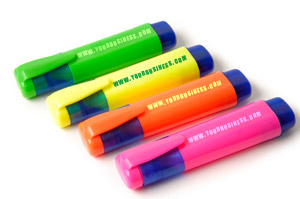 We all know how important marketing strategies are to our small business design. Many of us are still learning the best ways to market our businesses without draining our bank accounts. Online marketing has been one of the best ways to get businesses out into the public eye. This is your website, your blog and all your social network accounts that drive that traffic towards your website. It’s fast, cheap and easy to change when necessary. But what about offline marketing techniques? Offline marketing often gets pushed to the back burner because of time constraints, lack of funding or just not knowing what to do. Let’s talk about some offline marketing strategies that are easy on time and finances.
We all know how important marketing strategies are to our small business design. Many of us are still learning the best ways to market our businesses without draining our bank accounts. Online marketing has been one of the best ways to get businesses out into the public eye. This is your website, your blog and all your social network accounts that drive that traffic towards your website. It’s fast, cheap and easy to change when necessary. But what about offline marketing techniques? Offline marketing often gets pushed to the back burner because of time constraints, lack of funding or just not knowing what to do. Let’s talk about some offline marketing strategies that are easy on time and finances.
Business Cards are the simplest offline marketing tools you can have for your business. You can get a lot of cards for very little cash. Make them unique and hand them out often. If you frequent a business, ask them if you can leave a couple on their counter and offer to take a few of their cards as well. Consider making your card double as a coupon. The backs of business cards are usually blank, but you can have a coupon for your services printed so the space goes un-wasted. You can also affix a magnet to the back and behold—people will see your logo every time they go to the refrigerator.
Local Fairs can be a great way to meet new clients. If your business is a good fit, consider renting a booth and spend a few hours marketing your small business to people in your community. You’ll get the chance to meet people that may have never known about your business and in return, you might find people providing services you could use as well. You can even talk to others who own small businesses and trade services, while helping promote each other.
Be a walking advertisement. Put your logo on everything. Make company shirts and wear them in public. Get large magnetic bumper stickers with your company information and website address and stick it to your car. Get pens with your company information and website and leave them when you sign in at the gym, sign credit card receipts or fill out paperwork at the doctor’s office. People will always use pens and love to get freebees, so carry a few on you at all times.
Online marketing and offline marketing are equally important for gaining new clients. So, make sure you log onto your social network sites, update your blog and get out there and physically promote your company within your community. Including a healthy mix of marketing strategies into your small business design will bring about the results you’ve been looking for.

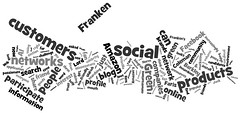
![Reblog this post [with Zemanta]](http://img.zemanta.com/reblog_c.png?x-id=ceea663a-e7cc-4c27-9fd0-8361cb1c993e)
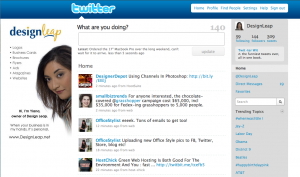
 The best way is to look at your website’s analytics program and see what are your visitor’s browser screen resolutions. Take a look at the top two and based on that, you can choose what would be the best size for your background. Keep in mind that the smaller the resolution, the less space you have for design.
The best way is to look at your website’s analytics program and see what are your visitor’s browser screen resolutions. Take a look at the top two and based on that, you can choose what would be the best size for your background. Keep in mind that the smaller the resolution, the less space you have for design. 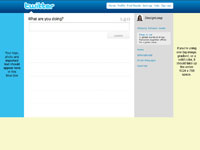
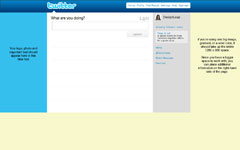
 It’s a fact that as a small business owner you wear many hats, especially when you’re first starting out. So on top of everything else that you do for your small business, you’ve decided to create your own logo. It’s clear that you understand that your small business needs an identity so people everywhere begin to recognize your name and want to do business with you. But do you really want to jeopardize your business reputation and begin the logo design process on your own? Unless you’re a professional graphic designer you have no expertise in the logo design, nor have any clue where to start, so why would you bother.
It’s a fact that as a small business owner you wear many hats, especially when you’re first starting out. So on top of everything else that you do for your small business, you’ve decided to create your own logo. It’s clear that you understand that your small business needs an identity so people everywhere begin to recognize your name and want to do business with you. But do you really want to jeopardize your business reputation and begin the logo design process on your own? Unless you’re a professional graphic designer you have no expertise in the logo design, nor have any clue where to start, so why would you bother.